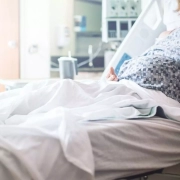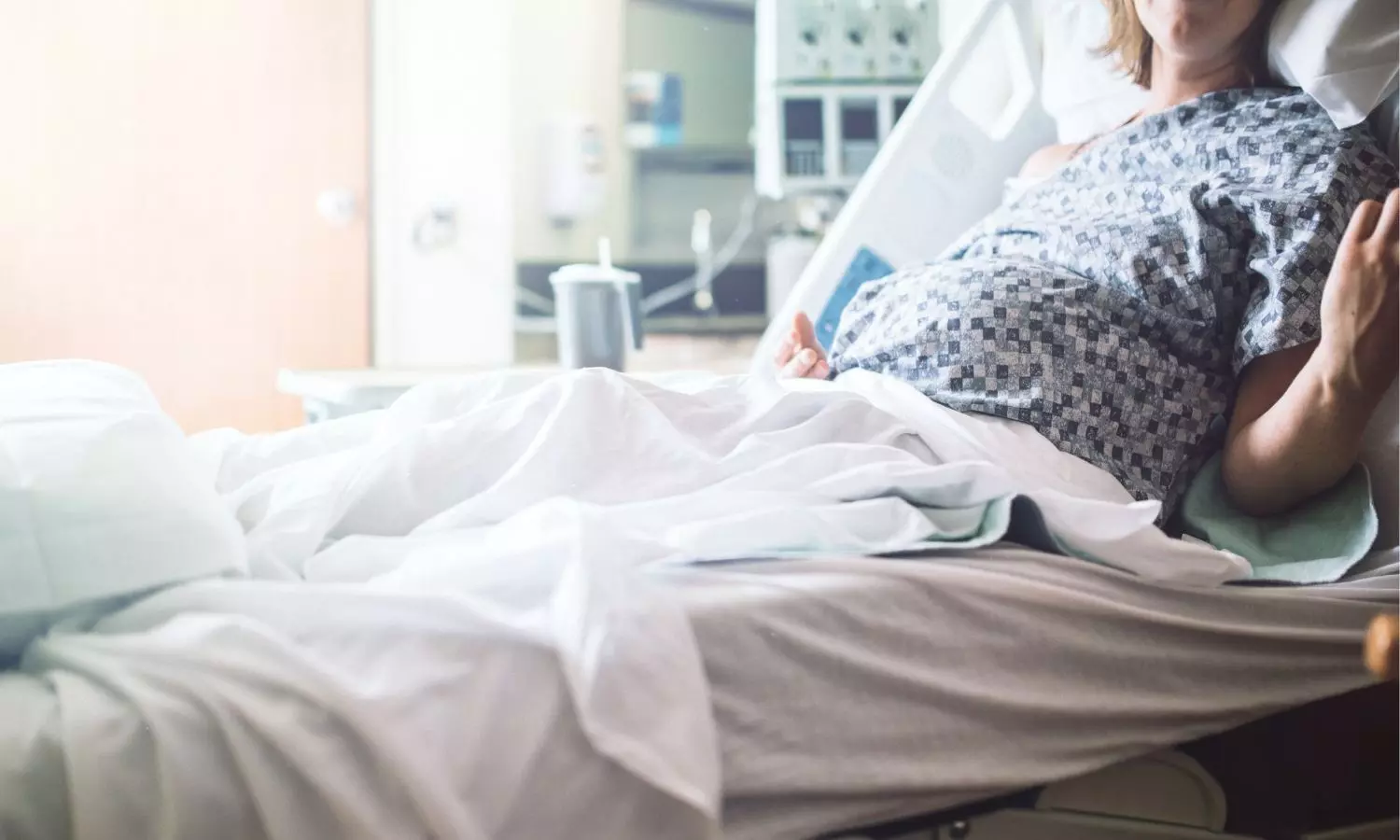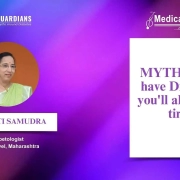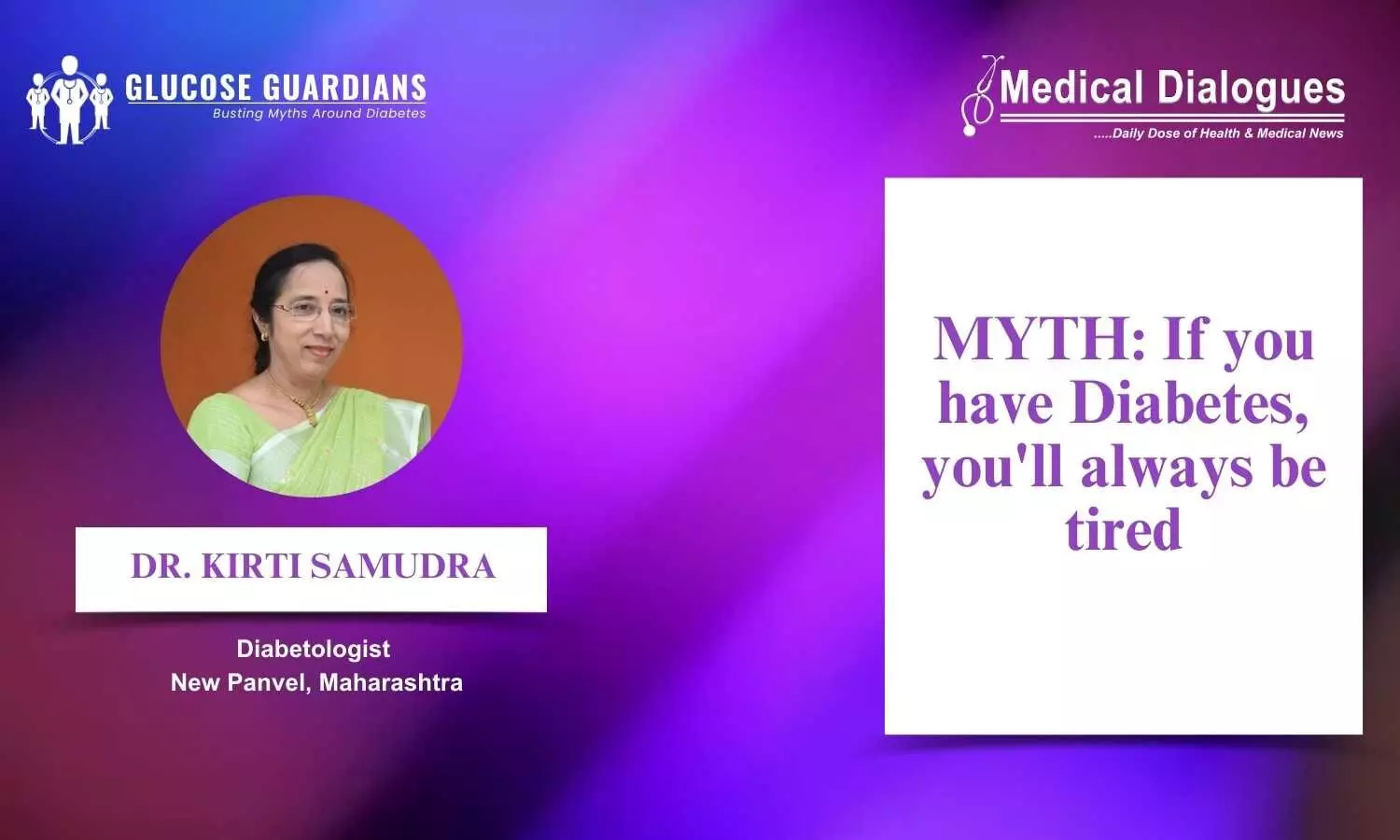Health Bulletin 13/February/2024
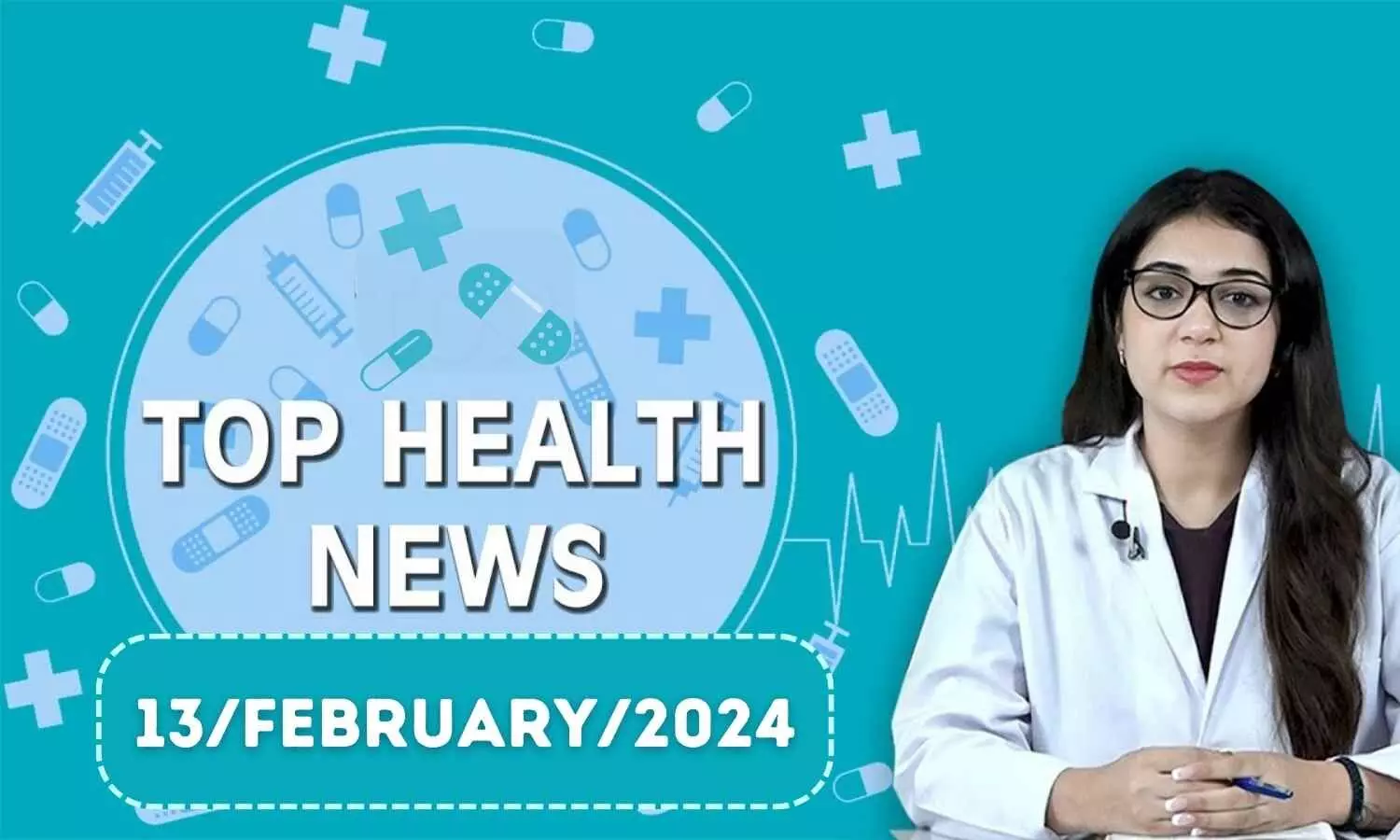
Here are the Top health stories for the day:
NEET 2024 eligibility criteria released
Inviting applications from the aspirants seeking admission to MBBS, BDS courses, the National Testing Agency (NTA) has released the information bulletin for the NEET 2024.
For more details, check out the link given below:
NEET 2024: Here Is Eligibility Criteria For MBBS Entrance Exam
AIIMS Delhi introduces Mohs Micrographic Surgery for skin cancer
Our skin serves as the body’s protective barrier, yet without proper care, it can become susceptible to serious conditions like cancer.
The global incidence of cancer, including skin cancer, is on the rise. Every month, the All India Institute of Medical Sciences (AIIMS), Delhi treats 5 to 6 patients with skin cancer.
To address this growing concern, AIIMS Delhi has introduced a new surgery for skin cancer treatment. Inaugurated by Professor M Srinivas, Director of AIIMS Hospital on Saturday, this new facility ensures that patients no longer need to seek treatment abroad.
For the full story, check out the link given below:
Delhi AIIMS Introduces Mohs Micrographic Surgery For Skin Cancer Treatment
Registration mandated for doctors in Bengal; deadline set by Medical Council
The medical practitioners who are employed in any capacity in West Bengal, those involved in private practice, or the Postgraduate students in any medical college in the State will now mandatorily require registration with the West Bengal Medical Council. This includes the doctors who have registrations in other states and are currently working in the state.
Issuing a notification in this regard on 09.02.2024, the Council further clarified that those who do not have registration with the West Bengal Medical Council will have to obtain the same within the coming three months.
For the full story, check out the link given below:
AIIMS Implements Cashless System
Union Minister for Health & Family Welfare and Chemicals & Fertilizers, Dr Mansukh Mandaviya has launched the AIIMS SBI Smart Payment Card. The AIIMS SBI Smart Payment Card will ensure hassle-free payments for treatment in AIIMS New Delhi.
Speaking on the occasion, the Union Health Minister highlighted that the “AIIMS Smart Payment Card will resolve the long pending issue of patients from far-flung areas carrying cash with them to the hospital.” He added that patients or their caretakers can get the card easily from the facilitation centres across AIIMS, New Delhi and thereafter use it for payment at various counters.
For the full story, check out the link given below:
One AIIMS, One Card: Union Health Minister Launches AIIMS-SBI Smart Card For Cashless Payments
Atlantic diet linked to reduced belly fat and cholesterol
The European diet scene is abuzz with attention, but this time it’s not the Mediterranean regimen stealing the spotlight. Instead, focus has shifted to the Atlantic diet, also recognized as the Southern European Atlantic diet, which draws inspiration from the culinary customs of northern Portugal and northwestern Spain. Numerous studies have highlighted its health advantages, with recent research indicating a notable reduction in the incidence of metabolic syndrome, a condition associated with heightened risks of heart disease and stroke. Additionally, adhering to the Atlantic diet has shown promise in diminishing the likelihood of depression and overall mortality rates, while simultaneously enhancing cholesterol levels and reducing abdominal fat.
So, what exactly does this diet entail? Well, it begins with a foundation of fresh produce and a touch of wine, resembling the renowned Mediterranean diet in its emphasis on minimally processed, fresh foods like vegetables, fruits, and whole grains. However, the Atlantic diet distinguishes itself by placing greater emphasis on fish, seafood, potatoes, and dairy products. Moderate consumption of both red and lean meats, alongside eggs and wine, is also integrated into the regimen.
Reference: Cristina Cambeses-Franco, MSc; Francisco Gude, PhD; Alfonso J. Benítez-Estévez, PhD; et al Traditional Atlantic Diet and Its Effect on Health and the Environment, JAMA Netw Open. doi:10.1001/jamanetworkopen.2023.54473
Powered by WPeMatico


